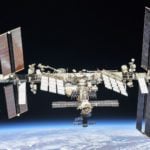US Government
National Security Space Agencies
Written by: Space Foundation Editorial Team
U.S. Space Command (SPACECOM)
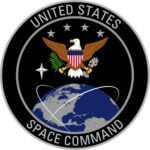 A Combatant Command, SPACECOM employs assigned forces from each of the military services for missions in the space domain. It is composed of two subordinate commands: Combined Force Space Component Command (CFSCC) and Joint Task Force-Space Defense (JTF–SD). SPACECOM is distinct from the U.S. Space Force.
A Combatant Command, SPACECOM employs assigned forces from each of the military services for missions in the space domain. It is composed of two subordinate commands: Combined Force Space Component Command (CFSCC) and Joint Task Force-Space Defense (JTF–SD). SPACECOM is distinct from the U.S. Space Force.
Combined Force Space Component Command (CFSCC)
 Plans, integrates, conducts and assesses global space operations to deliver combat-relevant space capabilities, which include: space situational awareness, satellite communications, missile warning and nuclear detonation detection, environmental monitoring, military Intelligence, Surveillance and Reconnaissance (ISR), navigation warfare, command and control, and Positioning, Navigation and Timing (PNT).
Plans, integrates, conducts and assesses global space operations to deliver combat-relevant space capabilities, which include: space situational awareness, satellite communications, missile warning and nuclear detonation detection, environmental monitoring, military Intelligence, Surveillance and Reconnaissance (ISR), navigation warfare, command and control, and Positioning, Navigation and Timing (PNT).
Joint Task Force-Space Defense (JTF–SD)
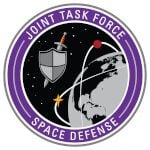 Conducts space superiority operations to deter aggression, defend U.S. and allied interests, and defeat adversaries throughout the continuum of conflict. Its mission is executed via its operations center, the National Space Defense Center, space situational awareness units and space defense units.
Conducts space superiority operations to deter aggression, defend U.S. and allied interests, and defeat adversaries throughout the continuum of conflict. Its mission is executed via its operations center, the National Space Defense Center, space situational awareness units and space defense units.
U.S. Space Force (USSF)
 Organizes, trains and equips space forces to protect interests in space and provide space capabilities to the joint force. Its responsibilities include developing Guardians, acquiring military space systems, maturing the military doctrine for space power and organizing space forces. It replaces the Air Force Space Command.
Organizes, trains and equips space forces to protect interests in space and provide space capabilities to the joint force. Its responsibilities include developing Guardians, acquiring military space systems, maturing the military doctrine for space power and organizing space forces. It replaces the Air Force Space Command.
Other defense and intelligence agencies involved in the U.S. national security space sector include:
Army Space and Missile Defense Command (SMDC)
 Provides and develops global space, missile defense, and high-altitude capabilities to the Army, joint force, and allies and partners, enabling multi-domain combat effects, enhanced deterrence, assurance and detection of strategic attacks.
Provides and develops global space, missile defense, and high-altitude capabilities to the Army, joint force, and allies and partners, enabling multi-domain combat effects, enhanced deterrence, assurance and detection of strategic attacks.
Defense Advanced Research Projects Agency (DARPA)
 The agency invests in breakthrough technologies for national security needs. DARPA’s work includes exploring space technologies, such as the Experimental Spaceplane program.
The agency invests in breakthrough technologies for national security needs. DARPA’s work includes exploring space technologies, such as the Experimental Spaceplane program.
Defense Intelligence Agency (DIA)
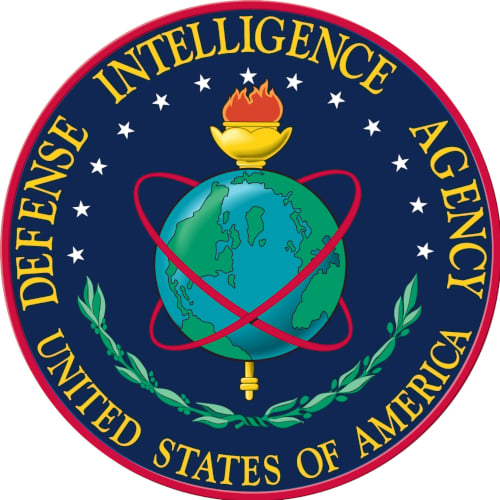 DIA provides defense intelligence to the military branches and the intelligence community. As a part of this, it identifies challenges, needs, and threats in space, and it operates the Missile and Space Intelligence Center, which provides intelligence assessments on foreign weapons systems.
DIA provides defense intelligence to the military branches and the intelligence community. As a part of this, it identifies challenges, needs, and threats in space, and it operates the Missile and Space Intelligence Center, which provides intelligence assessments on foreign weapons systems.
Missile Defense Agency
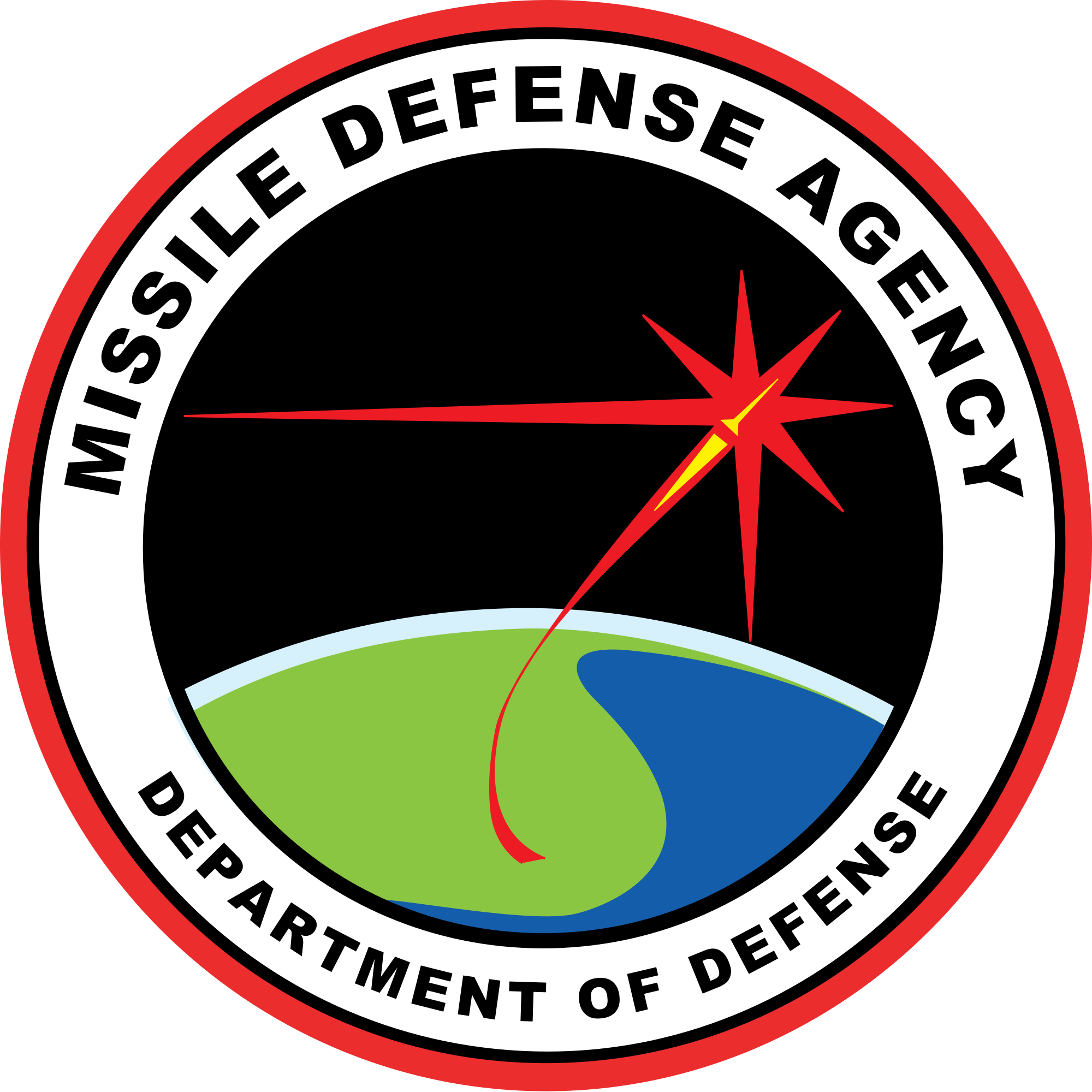 Charged with developing and fielding a ballistic missile defense system to detect and defend against enemy ballistic missiles. System components include ground-based interceptor missiles, warship-based interceptors, and the Terminal High Altitude Area Defense (THAAD) program.
Charged with developing and fielding a ballistic missile defense system to detect and defend against enemy ballistic missiles. System components include ground-based interceptor missiles, warship-based interceptors, and the Terminal High Altitude Area Defense (THAAD) program.
National Geospatial-Intelligence Agency (NGA)
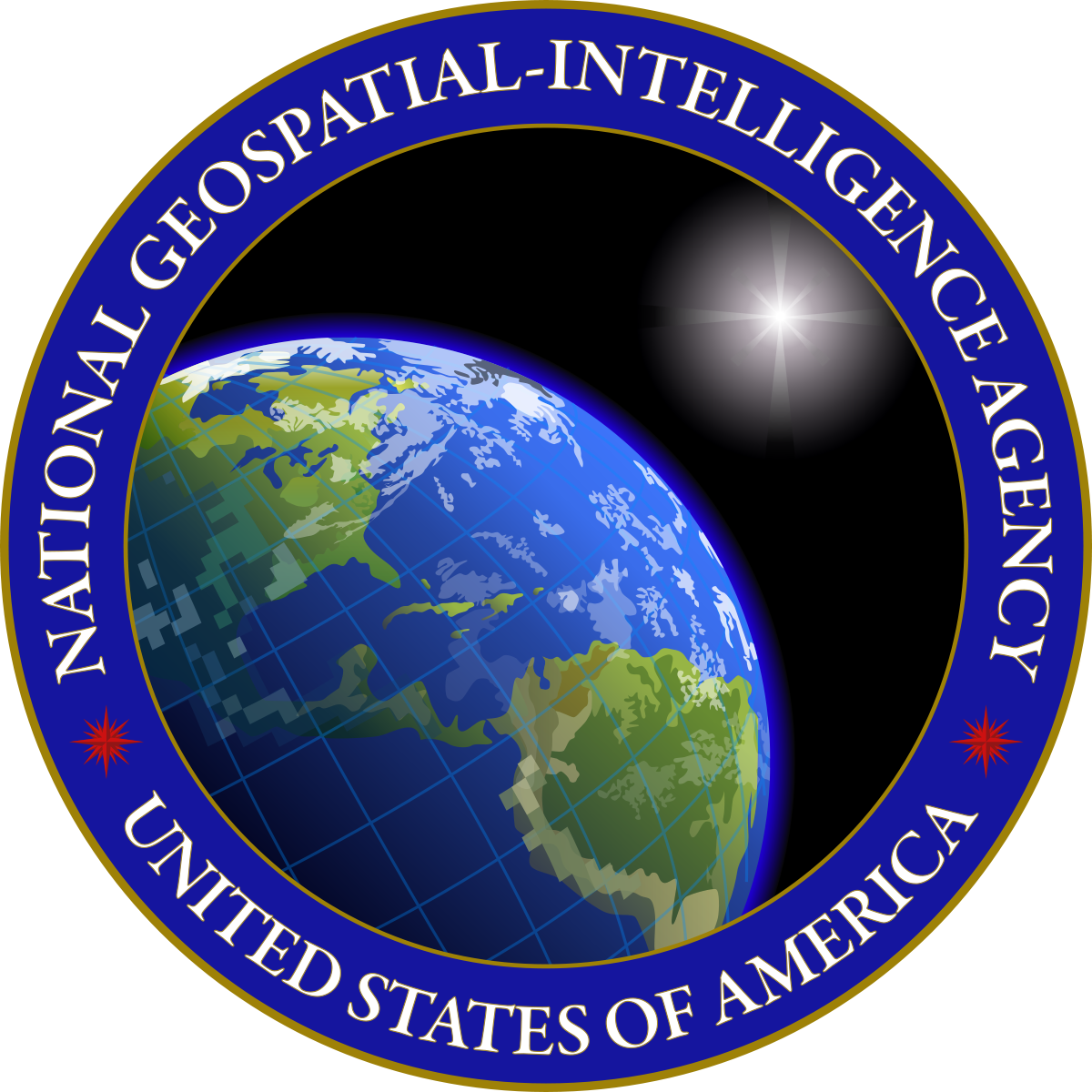 A combat support agency using satellite reconnaissance data to provide geospatial intelligence for military and other operations.
A combat support agency using satellite reconnaissance data to provide geospatial intelligence for military and other operations.
National Security Agency (NSA)
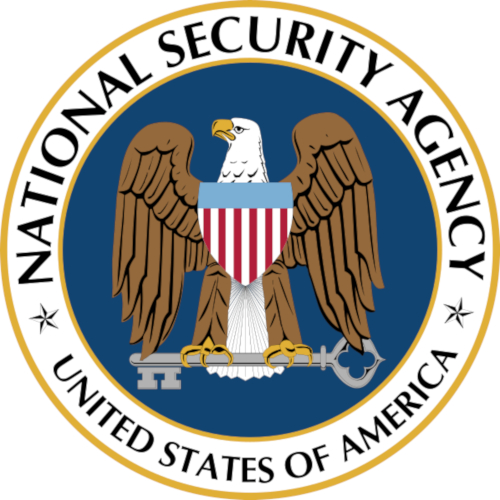 NSA is an intelligence agency that analyzes electronic signals and systems through data gathered, in part, by satellite reconnaissance, producing signals intelligence (SIGINT) regarding international terrorists and foreign powers, organizations, or people.
NSA is an intelligence agency that analyzes electronic signals and systems through data gathered, in part, by satellite reconnaissance, producing signals intelligence (SIGINT) regarding international terrorists and foreign powers, organizations, or people.
National Reconnaissance Office (NRO)
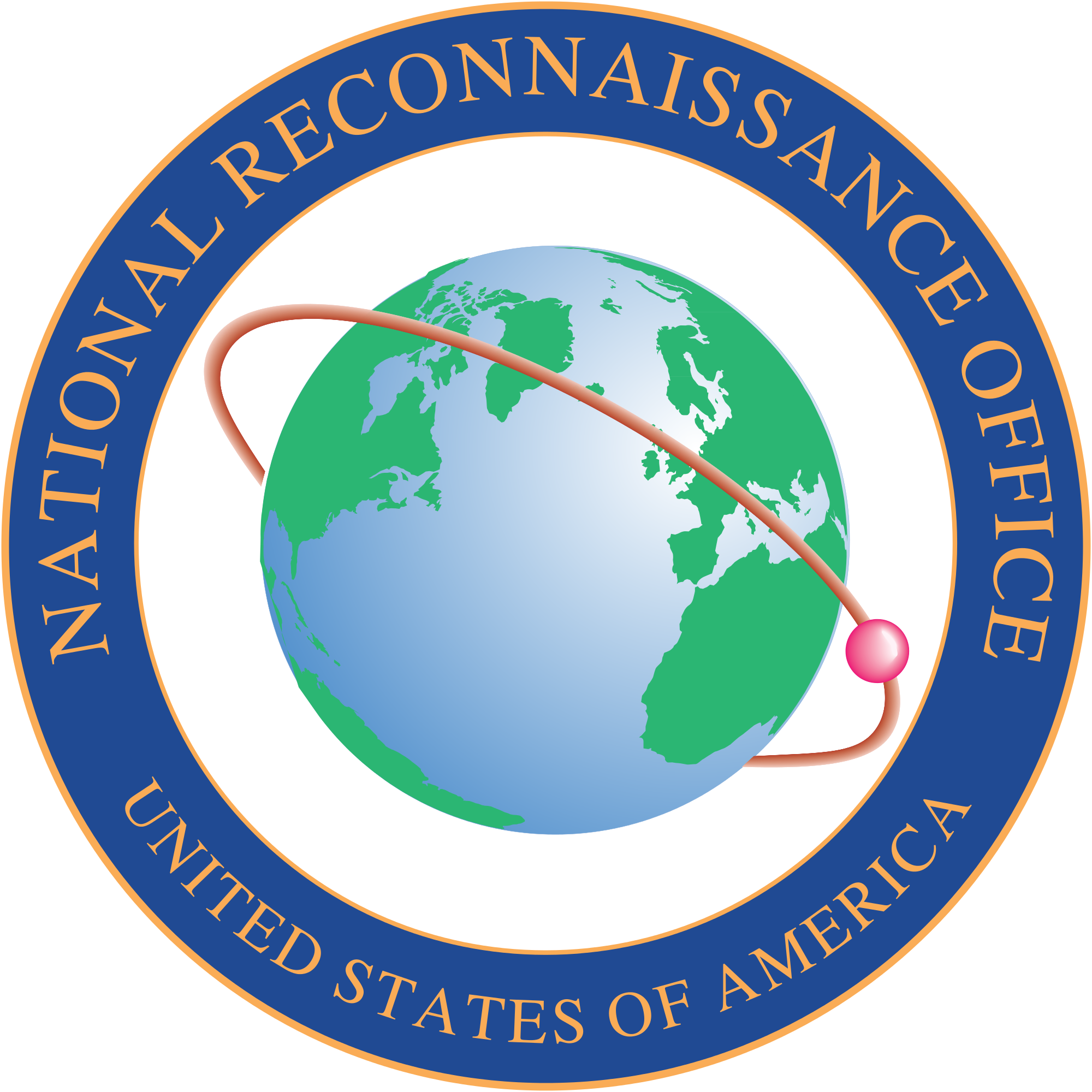 Procures and operates U.S. reconnaissance satellites in support of intelligence-related activities. It operates four primary types of satellite constellations: SIGINT (signals intelligence); GEOINT (geospatial intelligence); Communications Relay; and Reconnaissance.
Procures and operates U.S. reconnaissance satellites in support of intelligence-related activities. It operates four primary types of satellite constellations: SIGINT (signals intelligence); GEOINT (geospatial intelligence); Communications Relay; and Reconnaissance.

